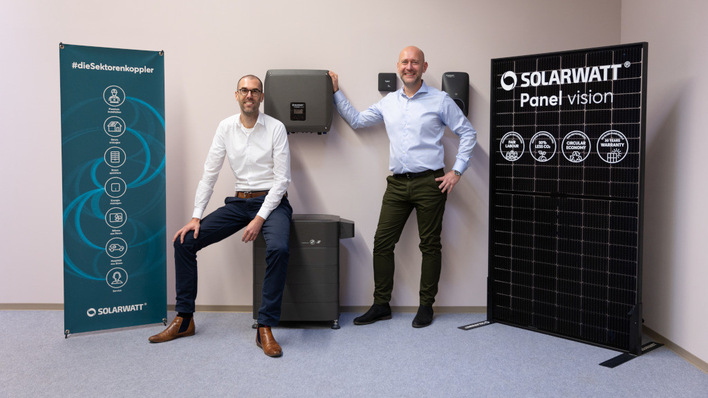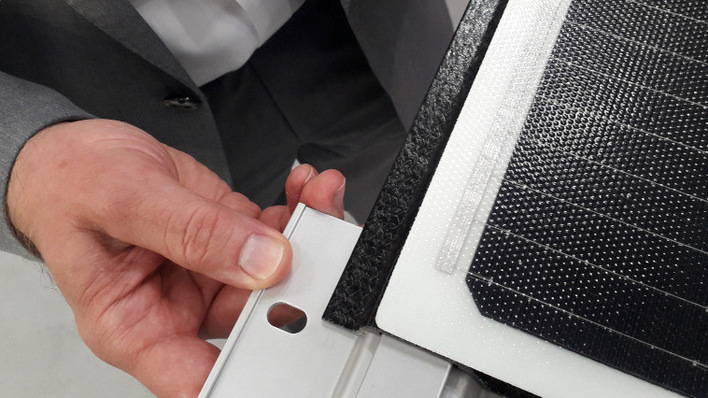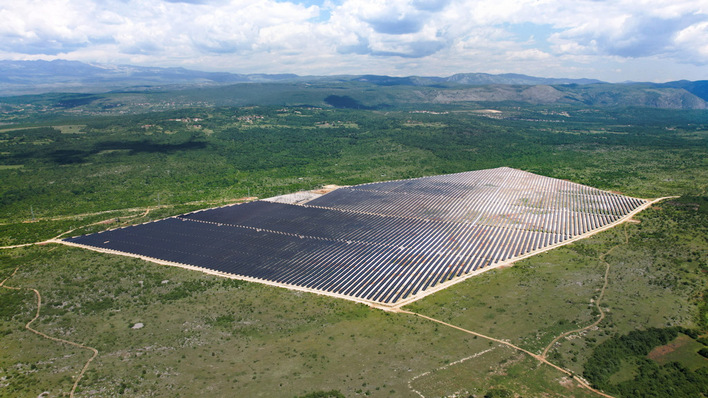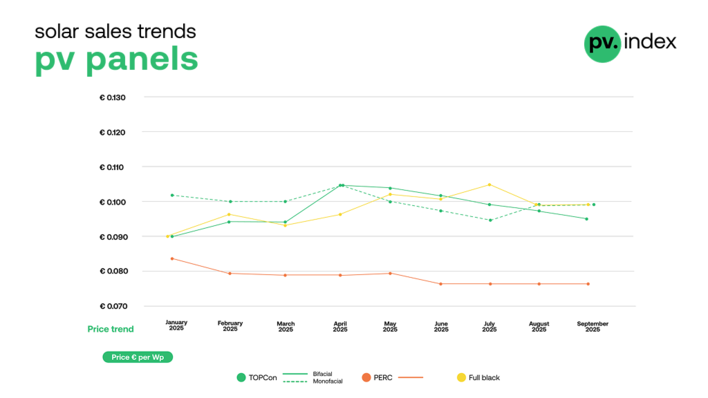Thin-film solar panels use an extremely fine layer of electricity-generating semi-conductors. They have a constantly homogenous surface and are available in various shades of colour.
A number of manufacturers are offering CIS and CIGS panels, whose brackets made from glass, metal or plastic are coated in copper, indium, selenium and gallium. They are by now managing to achieve efficiencies of around 15.5 percent.
Less efficiency, but higher yield
More than 17 percent can be achieved by Cd-Te panels, coated in recycled and solidly bound cadmium and tellurium. Even though their efficiency is still significantly lower than that of crystalline panels, they can nonetheless achieve higher yields per kilowatt of installed capacity
Smaller losses in heat
While crystalline panels can sometimes produce up to 25 percent less electricity when exposed to high temperatures, thin-film panels are much more robust and their drop in performance when exposed to extreme heat is about two thirds less.
Easier mounting towards the sun
They also are advantageous in case of partial shading and in the winter, because they can make better use of weak and diffuse light as well as sunlight at an angle, which also means that there is more flexibility when it comes to mounting. In contrast to crystalline panels, they do not necessarily have to be oriented directly at the sun. (HS/HCN)
Look at this:
Solar advice: Bifacial panels are capturing the light on both sides
Stay informed, get our newsletter twice a week: Register here.
Solar modules: keep up with the latest product news!
Find useful products for solar energy storage here.
Find useful products for e-mobility here.








